Wildfires have become catastrophically destructive in The United States. Open areas, rural towns and the duration of the fire “season” now stretches from March – December in certain regions in the United States.
As climate change continues to accelerate, wildfires spread rapidly in these hot, dry conditions. When prolonged drought conditions meet high winds, the results can be devastating on regions impacted by these arid conditions.
How Much Land Do Wildfires Burn in the United States?
Over the course of the last twenty years, the United States has experienced higher volume and total acres burned by wildfires than any other time on record. According to data available through the National Interagency Fire Center (NIFC), three years on record from 1983-1999 experienced more than 5,000,000 acres of land burnt.
Since the turn of the millennium however, the acres of land burnt from fires accelerated drastically. Between 2000 – 2020, there have been 16 years when more than five million acres of land burnt.
While the volume of fires have fluctuated from year to year, the fires that are popping up in the 21st century appear to be more aggressive than fires in the 20th century. Some of the 21st century fires are fueled by dry conditions, high winds and hot temperatures. These variables contribute to a perfect environment for fires to spread.
The Dixie Fire in northern California has now become the largest non-complex fire in the State’s History.
As Earth continues to experience record breaking temperatures, one can see the consequences that higher temperatures have with regards to fires, and how higher temperatures in the future harbor conditions that can inhibit even more destructive fires in the future.
Do High Temperatures Increase Wildfires?
There is a positive correlation between high temperatures and the amount of burned land that experienced fires. When these high temperatures are compounded by severe droughts, as seen in the American West, this can – and has – led to destructive fires in the past and will contribute to more disasters fueled by the ongoing drought in the future.
Since 2000, global temperatures have accelerated and the temperature on the surface of the planet has increased. This increase in temperatures has enabled a perfect storm for wildfires.
Before 1983, federal agencies in the United States did not track official wildfire data. The graphs below identify the amount of acres burnt between 1983, along with the global temperature increase over this same time period.
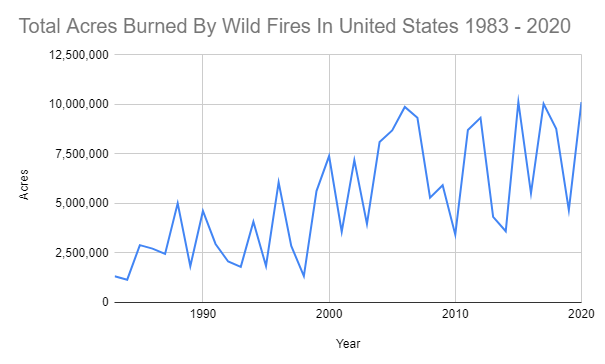
- Data sourced from National Interagency Fire Center
When Did The Hottest Years Occur?
Based on data published by the EPA, the decade of the 2010’s had the nine highest fluctuations off the average global temperature. The temperature of the Earth’s surface surpassed an average temperature of more than 1.2° (F) annually compared to the historical average.
Nine of the ten hottest global years on record occurred between 2010 – 2020. The only year from this decade that did not finish in the highest variation of temperature was 2011 (20th hottest year on record).
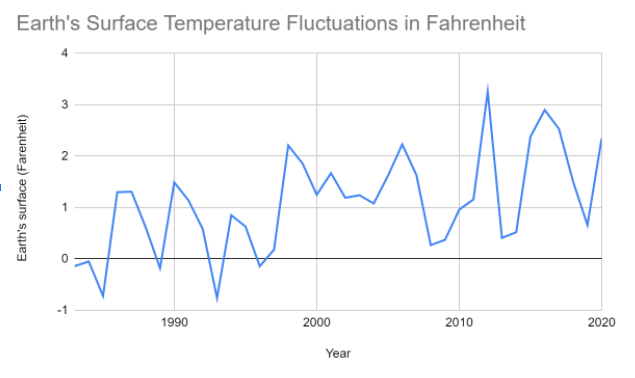
What Decade Did The Most Wildfires Occur in the United States?
The decade of the 2000’s resulted in the largest amount of total acres burnt in the United States. Between the time period of January 2000 – December 2009 a total 69,313,271 acres burnt over the decade. The amount of land that was burnt in this decade roughly equates to the total area of the State of Nevada.
The decade of the 2010’s closely followed the 2000’s in the amount of total acres burnt. In the 2010s a total of 68,468,574 acres burned in the United States.
What Are The Costs of Wildfires?
Wildfires contribute to billions of dollars annually in property damage, injuries and deaths. In 2020 alone, wildfire damages cost insurance companies up to 13 billion dollars. This number only reflects the costs of fires in California, Oregon, Washington and Colorado. The true costs of wildfires in all fifty states is much higher than this figure.
From smoke damage, property damage, injuries suffered from the disaster can be life-long and in certain instances, these damages result in death.
As climate change and an extended drought continue to accelerate wildfires, the environmental impact of fires, and fiscal costs associated with these disasters, will also accelerate.

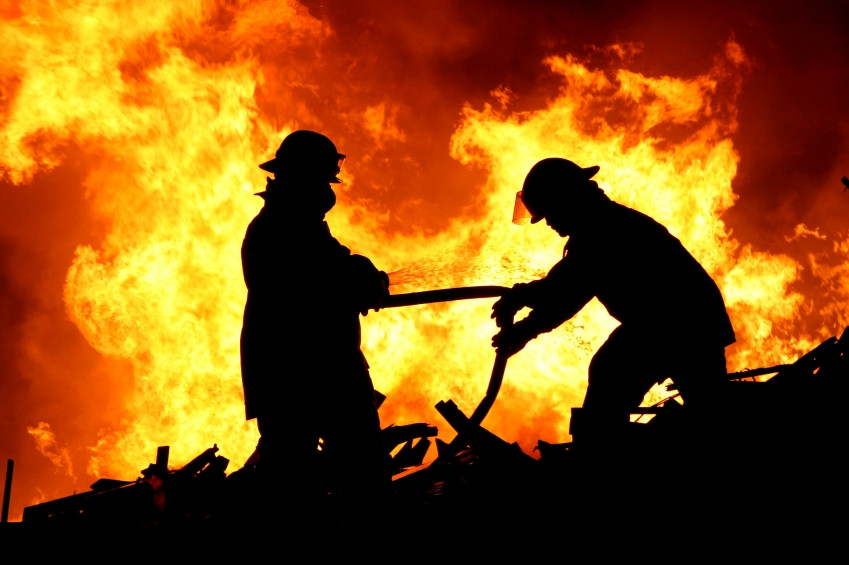

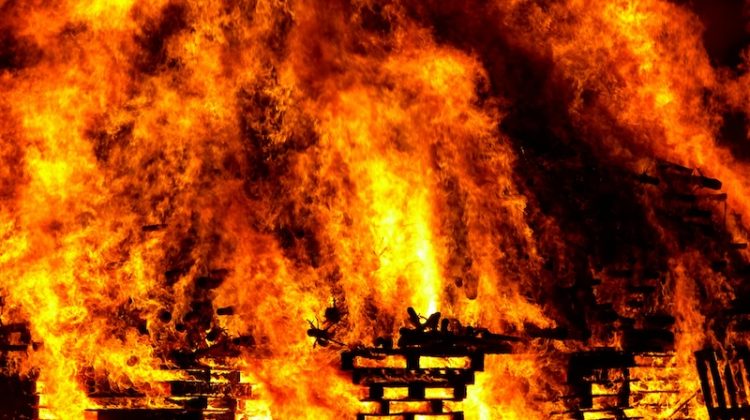
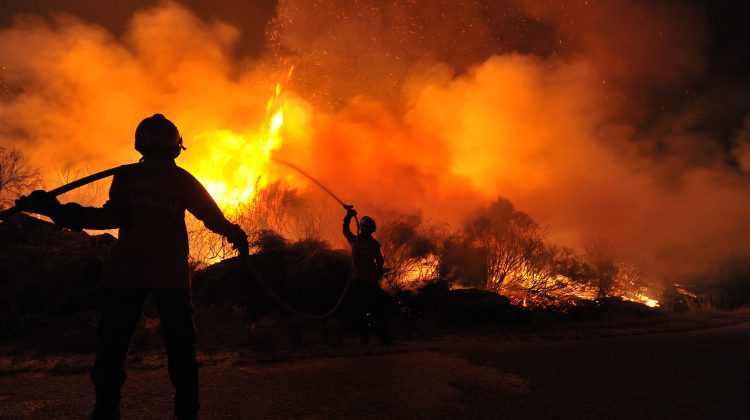
No Comment